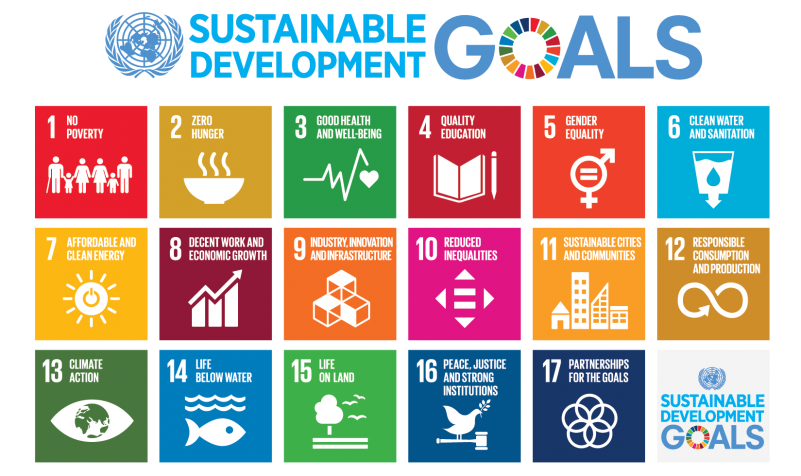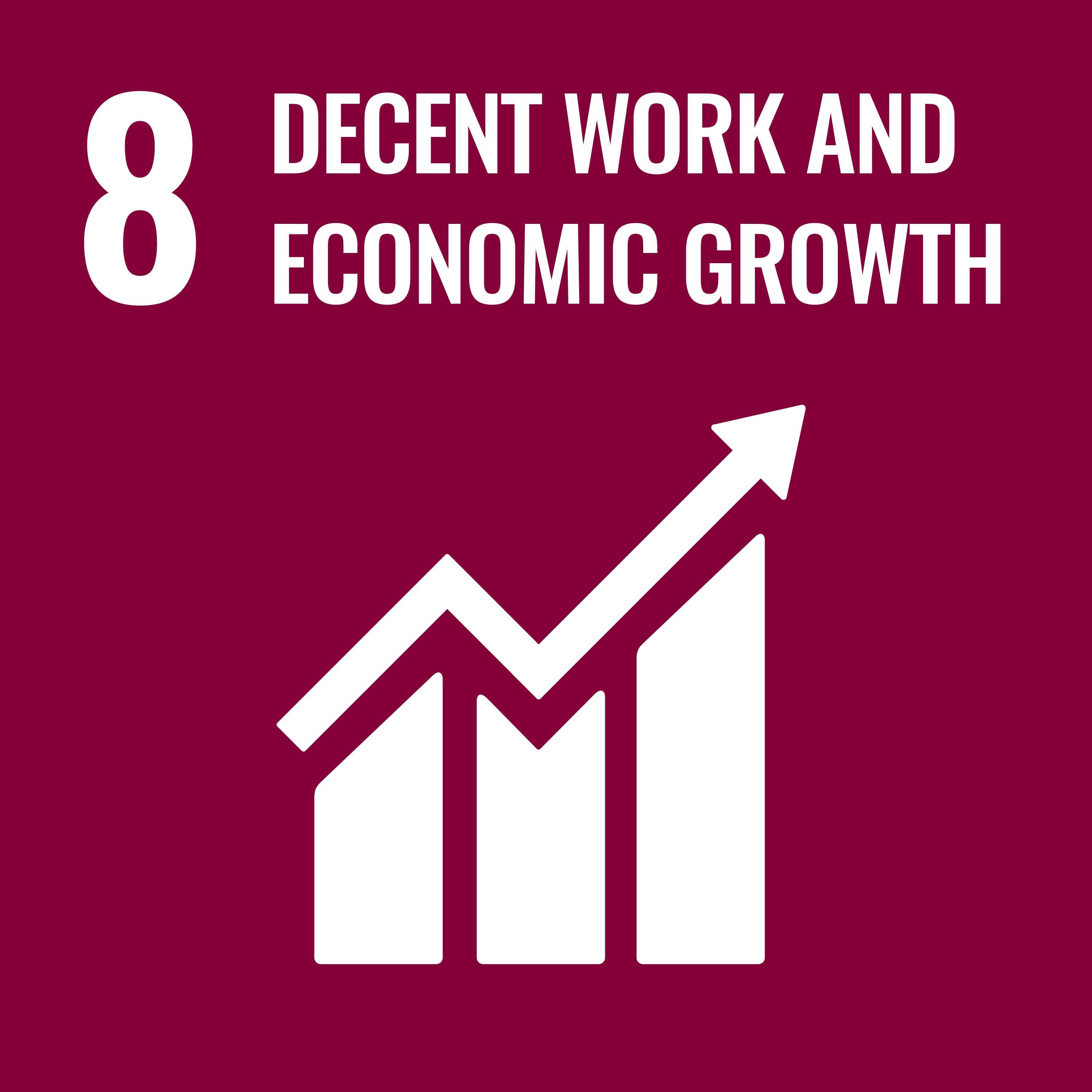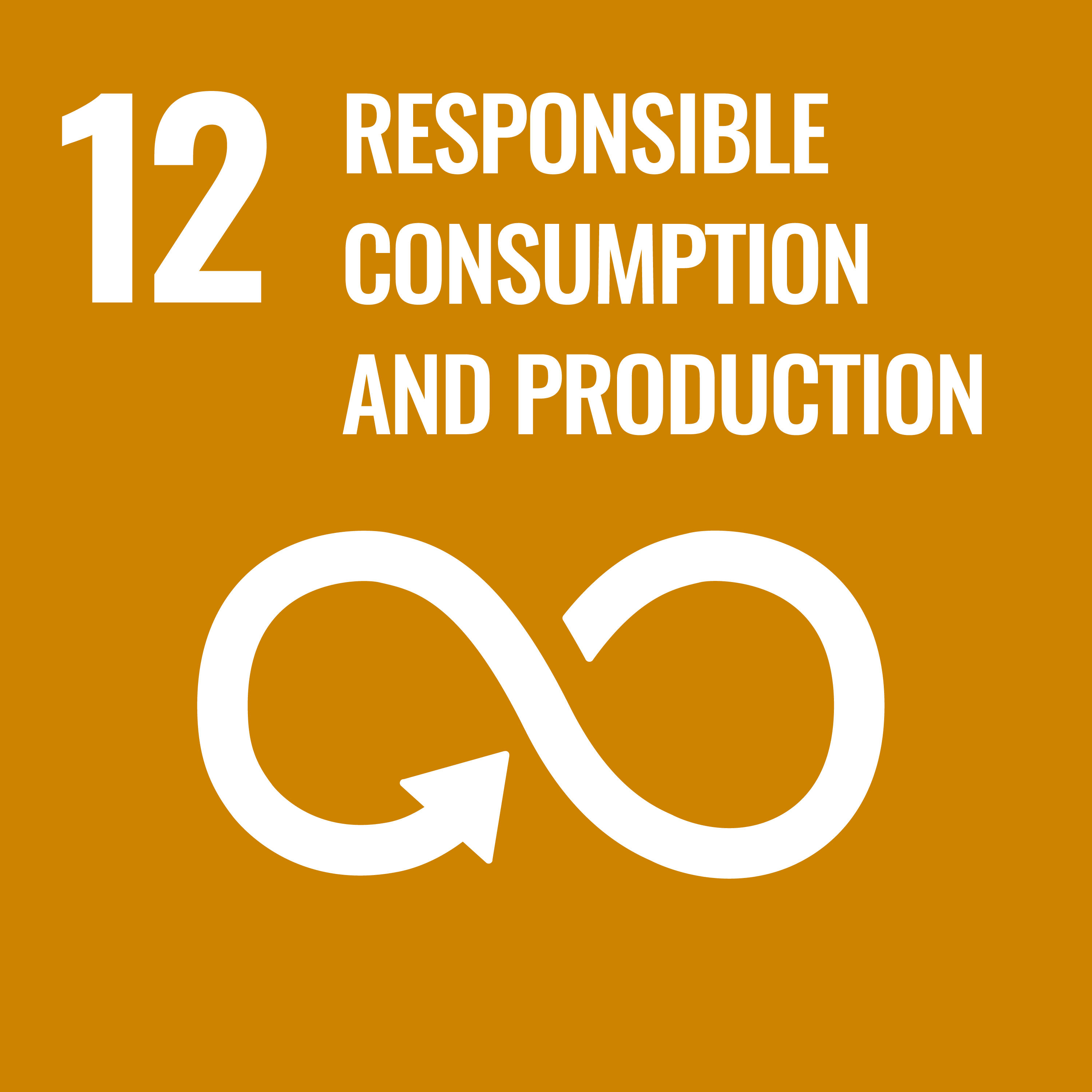Five Goals Achievable with GMO Crops
The United Nations’ 2030 Agenda for Sustainable Development includes a set of formally adopted agreements and goals that provide a “shared blueprint for peace and prosperity for people and the planet, now and into the future.” Achieving the 17 Sustainable Development Goals (SDGs) will require innovation and collaboration in all sectors and on a global scale. GMOs and plant biotechnology are uniquely positioned to advance several of these goals based on their decades-long successful implementation into the agriculture of countries around the world, and the continuing commitment to innovating and meeting the needs of a rapidly changing (and growing) world.

Graphic care of the United Nations (UN.org)
In a world that is already facing food insecurity, the effects of climate change, and economic inequality on a growing scale, GMOs and the agricultural innovations that they support are one of the most significant tools in our arsenal for creating a future where everyone has enough to eat, farmers can prosper economically, and our land itself can remain healthy.
The benefits of GMOs are well-documented and manifold. The environmental, economic, nutritional, ecological, and agricultural upsides of farming with GMOs are interconnected and adaptable to the challenges of the future. As such, we wanted to address how GMOs, as a foundation of sustainable agriculture, can further several of the UN Sustainable Development Goals, discussed in detail in the section below or download as an infographic.

#2 Zero Hunger: 108 million people in food crisis-affected countries are facing food insecurity, and GMOs can help play a crucial role in tackling this issue through increased yields and crops that help fight food waste. Leaps in plant science innovation over the past 25 years have already been instrumental in improving food security around the world. This is because GMO crops help maintain and increase crop yields, despite pest and disease pressures and unpredictable weather. GMO crops are one tool in the toolbox along with adherence to good farming practices such as rotations and resistance management to help reach the global goal of zero hunger.

#3 Good Health and Well-being: GMOs increase access to vitamins by fortifying staple crops with more nutritional value. GMO golden rice contains half one’s daily value of Vitamin A in one serving, while other rice, beans, wheat, and maize can be fortified with additional zinc. Increased ease of access to quality nutrients will help promote general well-being as our population grows.

#8 Decent Work and Economic Growth: GMO have helped farmers around the world to create a better quality of life for themselves and their families. Since the introduction of GMO crops in the mid-90s, female farmers around the world have realized an extra $96.2 billion of income, which helps families and communities around the globe. Thanks to enhanced productivity and efficiency gains, GMOs have help increase farm incomes by $261.3 billion since 1996. Equal access to technology and innovation like GMO seeds is vital for farmers in developing countries to continue to provide the economic stability needed in their communities.

#12 Responsible Consumption and Production: Today, through advances in crop biotechnology, GMOs like drought tolerant corn can help farmers minimize losses associated with extreme weather events. Other innovations like non-browning apples help reduce waste that arises from superficial blemishing, saving food and water required for farming in the process. GMO potatoes that prevent bruising and browning and reduces asparagine, which enhances food safety.

#15 Life on Land: Because GMO crops directly combat critical challenges like pests, weather, disease, and food waste, farmers are able to achieve better harvest using less land. GMO crops can have a positive impact on the environment and provide an important tool for tackling climate change, thanks to reduced CO2 emissions. GMO crops help support no-till agriculture. No-till agriculture keeps carbon in the soil and because it requires fewer field passes it uses less fuel than plowing fields under. This has helped prevent the release of 39 billion KG of CO2 in GMOs first came to market in the mid-90s, equivalent of removing 25.9 million cars off the road.

Click to download. Infographic Sources: GMO Answers | PG Economics